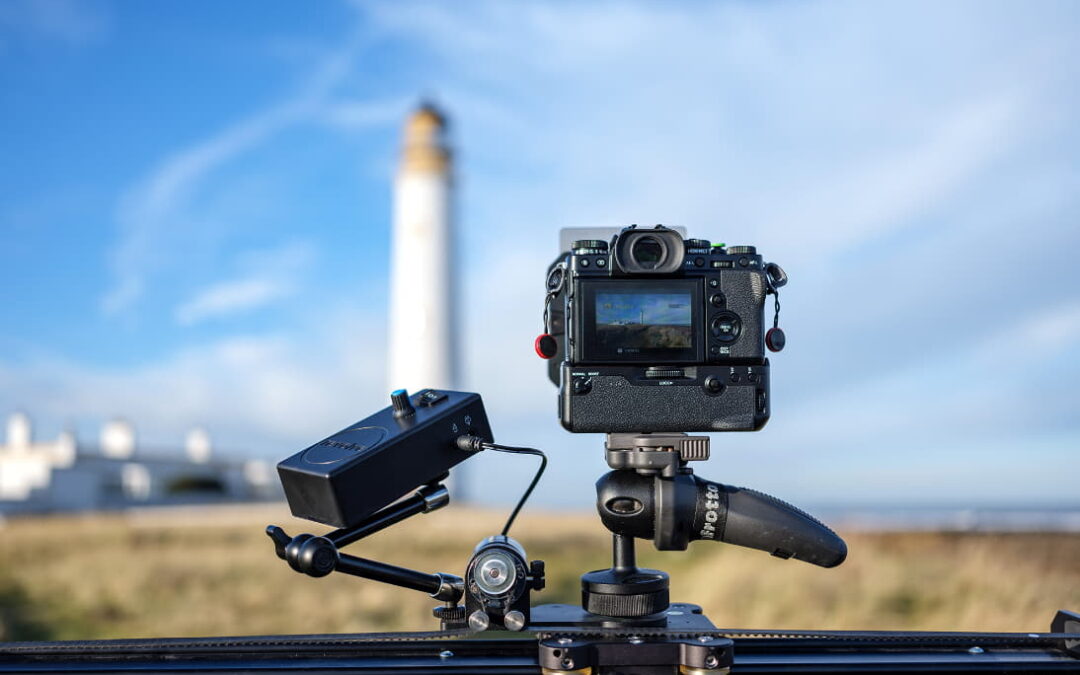Photography has come a long way since its inception, with innovative technologies constantly pushing the boundaries of what’s possible. One of the most exciting developments in recent years is the rise of time-lapse camera systems, which have opened up new creative possibilities and transformed the way we capture and experience the world around us. In this blog post, we’ll explore how these cutting-edge systems are revolutionizing photography and why they’re becoming an essential tool for professionals and enthusiasts alike.
Capturing the Invisible: The Magic of Time-Lapse
Time-lapse photography is the art of capturing a series of images at set intervals over a period of time, and then playing them back at a faster rate to create a video that shows the passage of time. This technique allows photographers to compress hours, days, or even weeks into just a few seconds, revealing patterns and changes that would otherwise be invisible to the naked eye.
The introduction of dedicated time-lapse camera systems has made this process more accessible than ever before, enabling photographers to easily create stunning, high-quality time-lapse videos without needing extensive technical knowledge or expensive equipment. These systems typically consist of a camera, an intervalometer (a device that controls the timing between shots), and sometimes additional features like motion control or remote access.
Time-Lapse Camera Systems: A Game Changer for Professionals and Enthusiasts
One of the key advantages is their ability to capture high-resolution images at regular intervals, ensuring consistent quality throughout the final video. This is particularly important for professional photographers and videographers, who need to deliver polished, visually striking content to their clients.
Time-Lapse Remote Access: Taking Control from Afar
One particularly exciting development in the world of time-lapse photography is the emergence of time-lapse remote access. This feature allows photographers to monitor and control their time-lapse systems from anywhere in the world, using a smartphone, tablet, or computer. This not only makes it easier to manage long-term projects but also enables users to respond quickly to changing conditions or troubleshoot any issues that may arise during the capture process.
Conclusion
The rise of time-lapse camera systems has undoubtedly changed the game for photographers, opening up new creative possibilities and making it easier than ever to produce stunning, professional-quality time-lapse videos. With advanced features like exposure control, motion control, and time-lapse remote access at their fingertips, both professionals and enthusiasts can now capture the beauty and wonder of the world around them in ways that were once unimaginable.
